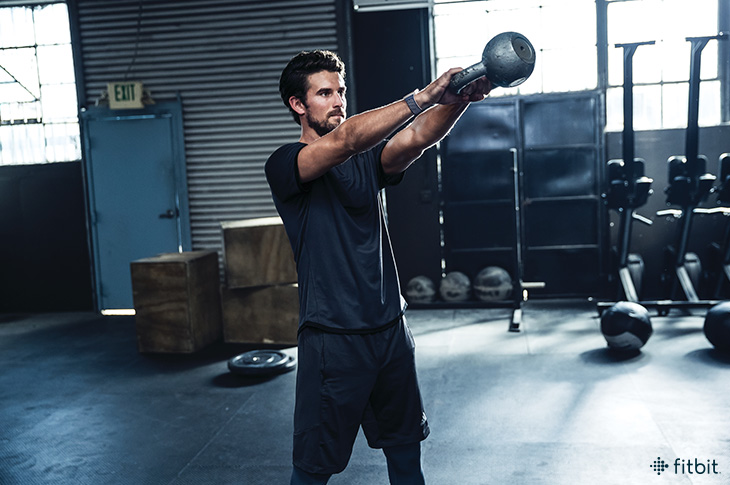
You’ve just made it to the gym and it’s packed. Do you hop on the first free treadmill you see? Or hit the weight room because there’s bound to be a machine or two not in use?
More important, does the order in which you complete the various components of your exercise routine—cardio, weights, balance, flexibility exercises—really make a difference?
Yes, in fact, it does, says Lance Dalleck, Ph.D., associate professor of exercise and sport science at Western State Colorado University in Gunnison, Colorado, who conducted a study into the optimal timing of those various exercise components. “If you think about the physiology of training, the sequencing of your workouts matters,” he says. “But based on individual priorities, the optimal sequence for one person will be different than that for another person.”
So how do you figure out what exercise sequence is right for you? Use the goal-based guide below.
How to Know Whether You Should Do Cardio or Weights First
If you want to get faster: Do CARDIO first.
In his study, Dalleck found that exercisers who did cardio later in the workout had a heart rate 12 beats per minute higher for the exact same workout intensity and duration as those who performed cardio first. In other words, the workout felt harder than it actually was. In another study, sports scientists from James Cook University in Australia reported that even a single strength training session may reduce the performance of endurance athletes—specifically runners and cyclists—for several days after.
If you want to lose weight: Do STRENGTH TRAINING first.
Resistance training builds muscle, and the more muscle you have, the more calories you burn at rest. “Since your resting metabolic rate makes up the majority of your daily caloric energy expenditure, if your goal is weight loss, it makes sense to do that first,” says Dalleck. In one study, 10 weeks of resistance training increased resting metabolic rate by 7 percent—and reduced fat weight by almost four pounds. Don’t skip cardio altogether, though, as the aerobic portion of your workout will still torch more calories minute for minute than the strength training portion will.
If you want to get stronger: Do STRENGTH TRAINING first.
That might seem obvious, but the science behind it is interesting. Lifting weights is akin to sprinting—it involves short bursts of extreme effort—and it requires that your muscles use an energy source other than oxygen to perform the exercise. Depending on your fitness level, your muscles (and heart) can only tolerate a set amount of anaerobic training before becoming fatigued. So if you’ve depleted your energy stores during the cardio portion of the workout, you won’t have as much left over to build strength. In one study published in the Journal of Strength and Conditioning Research, exercisers who ran or cycled before lifting weights performed up to 20 percent fewer repetitions of the exercise—at significantly reduced weight.
If you want to improve your balance: Do EITHER cardio or strength training first.
In his study, Dalleck found that performing neuromuscular or flexibility exercises at the beginning of a workout did not improve participants’ balance or agility. “Because of the overall benefits you get from aerobic exercise and resistance training, it makes sense to push the flexibility and neuromuscular exercise to later,” he says. “But later doesn’t mean you don’t do it.”
If you want to improve your overall fitness: Do EITHER cardio or strength training first. The best exercise is always the exercise that you’ll do. “Find something that you enjoy doing on a regular basis,” says Dalleck. “If there’s something that you don’t like, get it over with first, so you can get to the part you do like.”
This information is for educational purposes only and is not intended as a substitute for medical diagnosis or treatment. You should not use this information to diagnose or treat a health problem or condition. Always check with your doctor before changing your diet, altering your sleep habits, taking supplements, or starting a new fitness routine.

Do you do both cardio and strength training in one day? What type of schedule and excercises for each day?
Hi!
This was more in depth than I was expecting. I have a couple of comments. On the first point about getting faster, it seems this point was really about gaining endurance, not speed. The participants had better heart rates during the cardio when done first, which is to be expected since they would be tired.
Also, I wonder if the specific methods of strength training were taken into account. Taking the first point again, strength training the correct way, with heavy loads makes a fantastic part of a program to make someone faster. Or, you could use lighter loads and shorter rest to burn fat. If done correctly, you don’t necessarily need cardio. Not to say it wouldn’t help, though.
Great article! Thanks for posting!